PRODUCTS FEATURED:
GENERAL FINISHES GEL STAIN: Brown Mahogany
TOM
Today we're going to discuss refinishing existing oak cabinets with General Finishes Gel Stain, dubbed the "One-Coat Wonder" by Amy from High Style Restyle in Dallas because of its exceptional coverage. Gel stains provide great coverage over existing finishes because they are full-bodied and pigment-rich.
SHERYL
Before getting started, have the following supplies ready: To clean the surface you will either need furniture cleaner, mineral spirits or a 50:50 mix of denatured alcohol and water. It is OK to use solvent-based cleaners with oil finishes, but NEVER use them water-based finishes. Use the denatured alcohol and water mix instead.
You will also may need a scotch brite pad, sanding pad, gloves, poly-foam brushes, bristle brushes, pad applicator or roller, blue shop towels, dust cloth and painters tape.
Start by covering any glass with painter's tape and remove all hardware, otherwise the stain will adhere to these surfaces.
Once dry, lightly buff the surface with a 220-grit sanding pad. This is not a heavy-duty sanding, just a light buffing. Wipe off the dust with a tack cloth or a water-dampened rag, and then let it dry again.
TOM
I'm going to start by applying gel stain with my foam brush, starting in the center sections and working my way around the rest of the door, the styles and the frame. Then I will come back and re-apply the gel, enough to keep it wet so I can work with it. Get it into those corners. Go with the grain.
Instead of using a cloth to wipe it the excess, I am going to take a bristle brush and dry-brush. I keep a mineral-soaked cloth next to me. I like to dab my brush onto the cloth to pre-dampen and then use the brush to remove the excess stain. Always brush in the direction of the grain.
Then take a second DRY brush and feather it out. That will take off the excess stain and any smudges. When you are happy with the color, allow it to dry for 24-48 hours before you go to your next step.
SHERYL
Here is a door finished with 1 coat of Brown Mahogany painted on using our dry-brush technique and sealed with 3 coats of General Finishes High Performance Flat.
This is the same door but with two coats on, you can see it gets a little bit darker. You can enhance it more by using our General Finishes Pitch Black Glaze Effects.
TOM
Sanding between coats of stain is not required. Allow each coat to dry 24 to 48 hours, depending on temperature and humidity. Ideal conditions are 70 degrees with 70% humidity. The heavier the application, the longer it takes to dry. You can tell if an oil finish is dry if its no longer tacky and you cant smell it.
Gel stains have an extremely high solids content. They look and feel like they don't need a topcoat when dry, but they do. This stain is loaded with pigment, so be sure to lock in and protect the color with any of the following topcoats: General Finishes Oil Based Gel Topcoat Satin or General Finishes Oil Based Arm-R-Seal Topcoat, General Finishes High Performance Topcoat or General Finishes Flat Out Flat Topcoat.
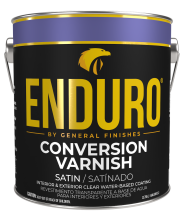 Enduro Water-Based Conversion Varnish
Enduro Water-Based Conversion Varnish
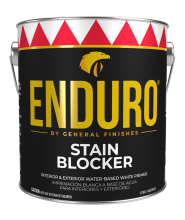 Enduro Water Based Stain Blocker Primer
Enduro Water Based Stain Blocker Primer
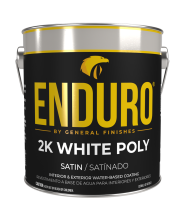 Enduro Water-Based Tintable 2K White Poly
Enduro Water-Based Tintable 2K White Poly
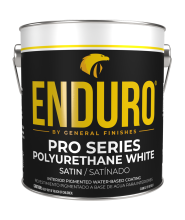 Enduro Water-Based Pro Series White Polyurethane
Enduro Water-Based Pro Series White Polyurethane
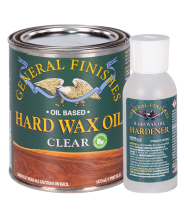 Hard Wax Oil & Hardener
Hard Wax Oil & Hardener
 Gel Stains
Gel Stains
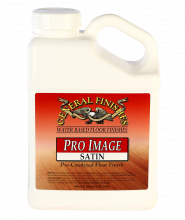 Pro Image Flooring Topcoat
Pro Image Flooring Topcoat
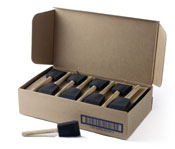 Jen Poly Brushes
Jen Poly Brushes
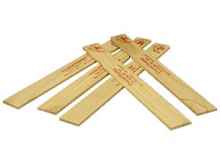 Stir Stix
Stir Stix
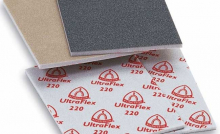 Ultraflex Softback Sanding Sponge
Ultraflex Softback Sanding Sponge

